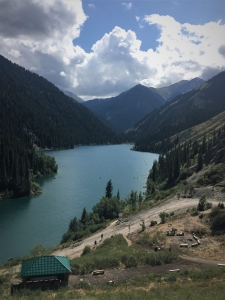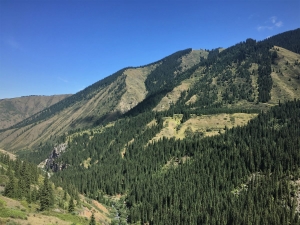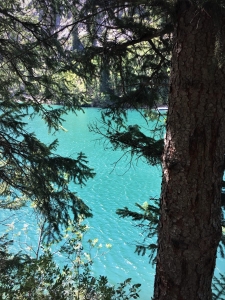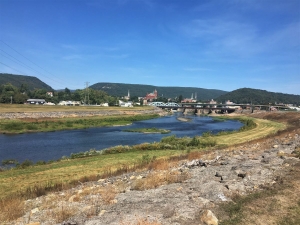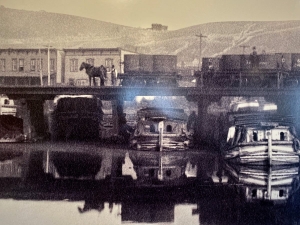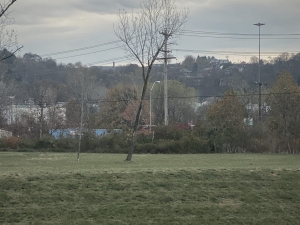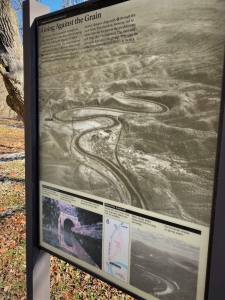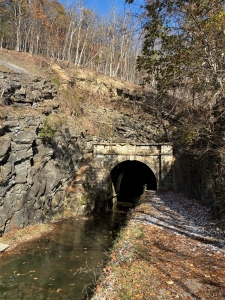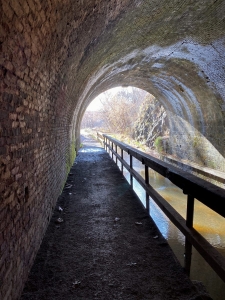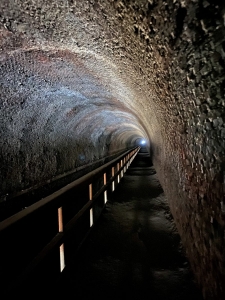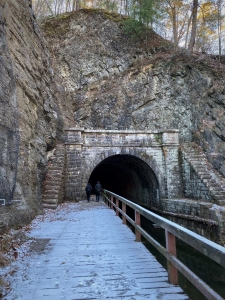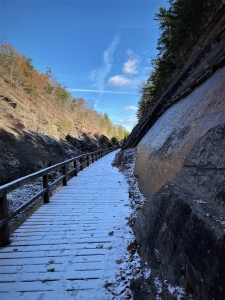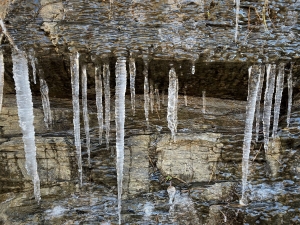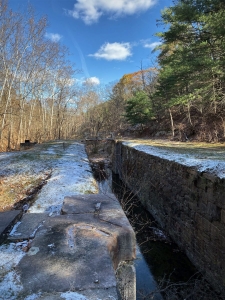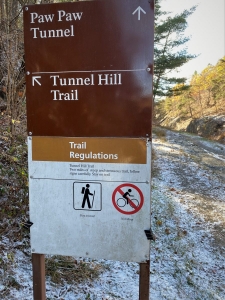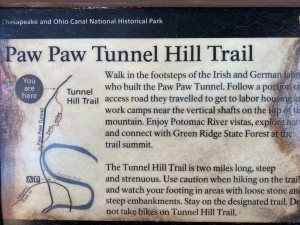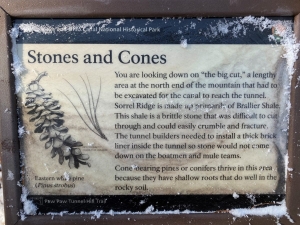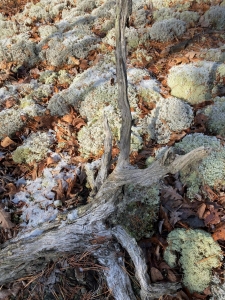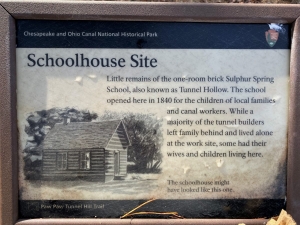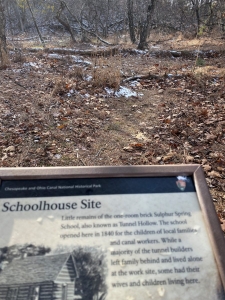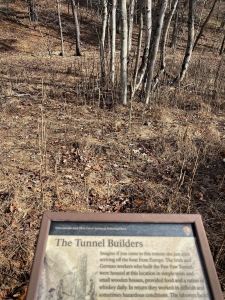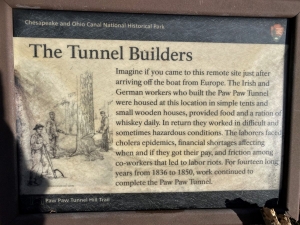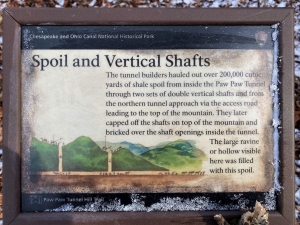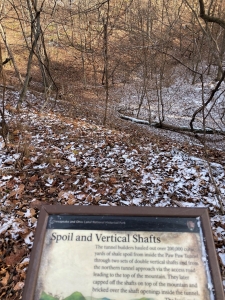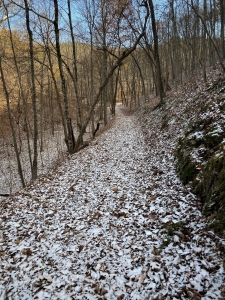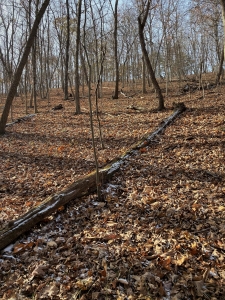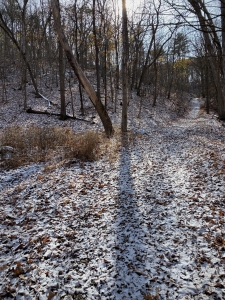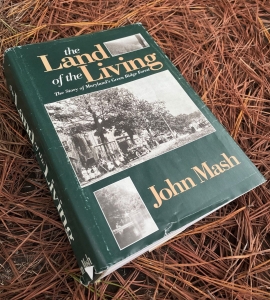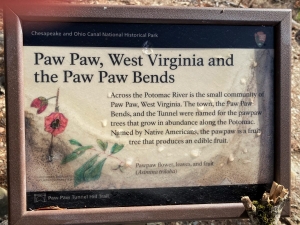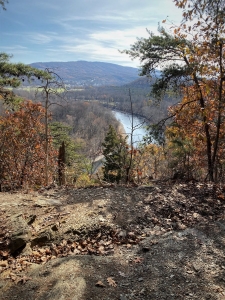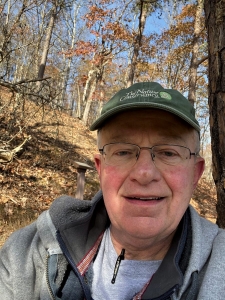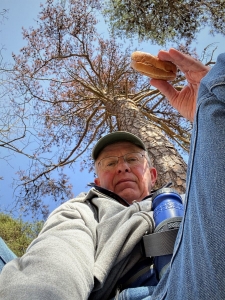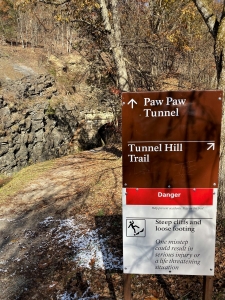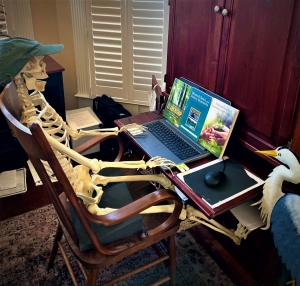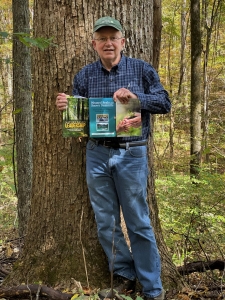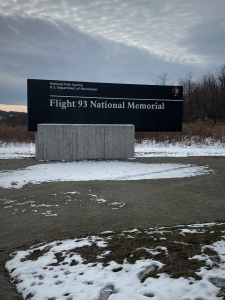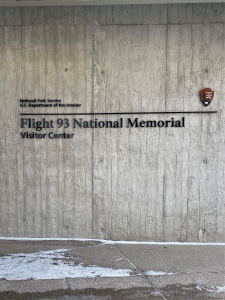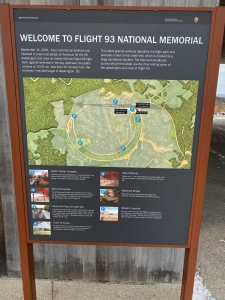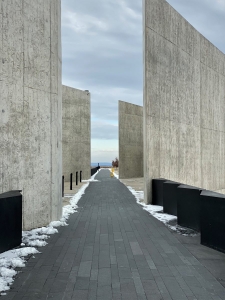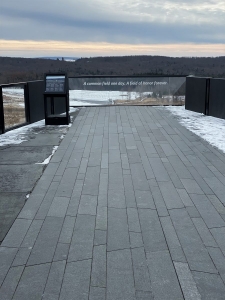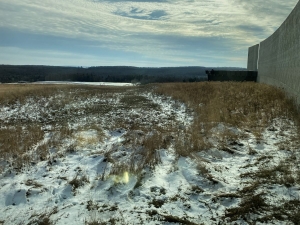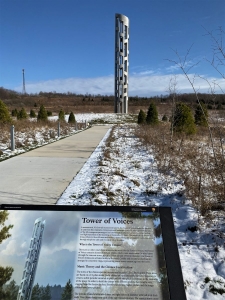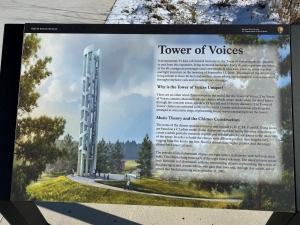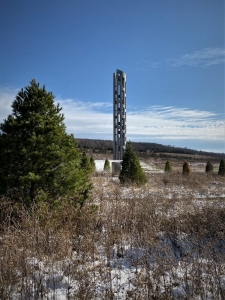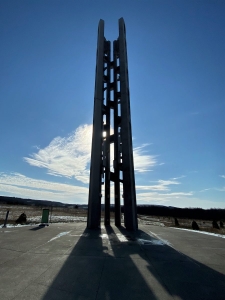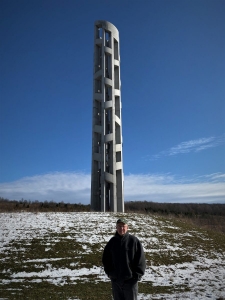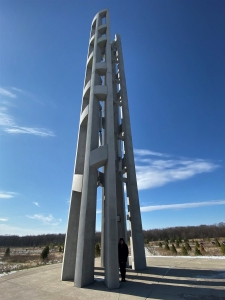Nature Healing the Scars of Chickamauga National Memorial Park
April 25, 2021, we visited Chickamauga National Military Park (NW Georgia, south of Chattanooga, TN) with our two Alabama grandsons. My purpose with this Post is to reflect upon the tremendous restorative power of Nature. The official National Park Service brochure tells the tale of the three days of terror.
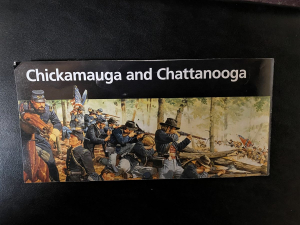
War ravaged these Appalachian foothill ridges and valleys in northwest Georgia, just 120 miles from my residence, for three days 158 years ago in September 1863. The clash along Chickamauga Creek engaged 125,000 combatants. Nearly 4,000 men perished; the wounded totaled 24,000. More than 6,000 captured or missing. The opposing armies met during the struggle for control of Chattanooga, a critical transportation hub important to both Union and Confederate forces. Search the web for more information about the battle and the broader War Between the States.
The bloody three-day battle ravaged the land (and opposing armies) in that southern Appalachian foothill country. The setting now is pastoral…mixed open meadow and forest. Aside from battlefield monuments, signage, and cannons, the land looks pristine…untouched. Yet, 158 years ago the site saw the full fury of military might. The rehabilitation over the initial 27 years included cleaning up the mess, salvaging damaged materiel and equipment, and resuming some agricultural practices. Congress designated the site a National Military Park in 1890. Since then, Nature has conducted her own healing and recovery. I mention this only to say time and Nature heal most wounds and insults to the environment.
I will focus on Nature’s healing and offer photos and an ecologist’s reflections on what I saw and felt April 26, 2021 touring Chickamauga National Military Park with Judy, Jack, and Sam. Importantly, I grew up less than 100 miles from Gettysburg, Antietam, and Manassas Battlefields. Like Chickamauga, those famous battlefields are maintained by the National Park Service. And they, too, express Nature’s natural healing from gross abuse.
Today, Chickamauga’s pastoral vistas (left) and deep forest (right) belie the unfathomable violence that swept across the landscape. Acts of heroism, valor, and sacrifice marked the ferocious fighting. Men paid the ultimate price to either defend the South or preserve the union. That battle, the war itself, and the causes leading to succession and ultimate healing are written in history…a history we cannot and should not undo or rewrite. Humanity must learn from the past, and launch into the future. Despite the blemishes, we remain the bright light among nations on Earth, a USA attracting record numbers of wanna-be citizens to our borders. I remind you that today’s flow of humans is one-way. I hear nothing about an exodus from the US. One point of attraction, I suppose, is that while we memorialize all who died in our Civil War, we do so in beautiful Military Park settings. We don’t glorify the brutal war. Instead, we recognize that we can complement healing the nation’s soul by creating magnificent Parks to honor the casualties and help set our nation’s course into the deep future, far beyond this century and a half.
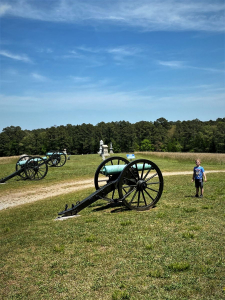
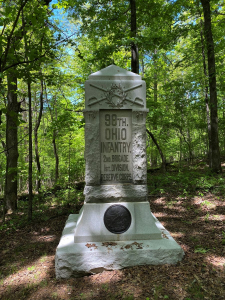
The Wilder Brigade Monument Tower stand at the southern end of the Park. We climbed the 85-feet to gain perspective. Today’s beauty contrasts to the 1863 photographs that show shattered trees, broken and battered materiel, cannon emplacements, and raw earth.
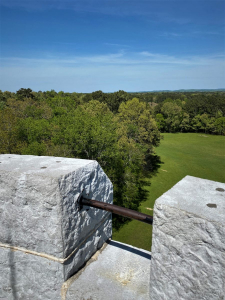
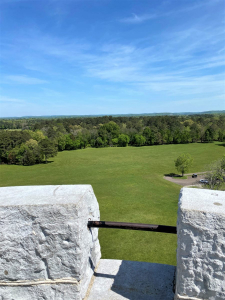
As I viewed the forest from above, I wondered whether any of today’s trees had witnessed the savaging. As I further explored at ground level, I found no trees that stood out as older than 150 years. I pondered, too, whether the cirrus-laced blue of our late April sky was similar to the firmament above the smoke-filled fields and woods of September 1863. How out of character such a peaceful sky would have been.

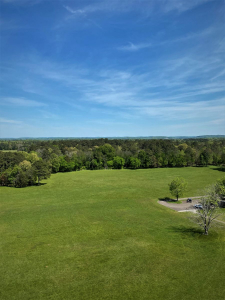
Perhaps something more in line with the raging fury would have been these two images I snapped from approaching storms last summer here in north Alabama.
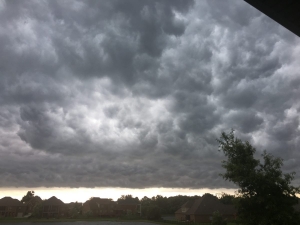
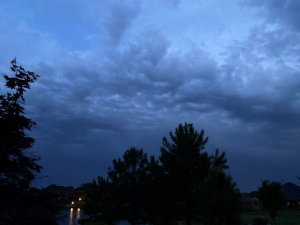
Standing atop the tower, I snapped this photo of a loblolly pine at my eye-level…let’s call it a 90-foot tall tree. Loblolly grows fast in our climate. I can’t imagine this individual being much older than 65 years. Perhaps its grandmother absorbed lead and blasts during that long-ago September period.
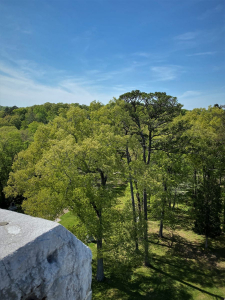
Sam posed beside a gnarled tree just 30-feet from a deep-woods monument indicating the position of some battle unit. A war-scarred survivor just scraping by for 16 decades? I doubt it. I’ve seen hundreds of such odd tree forms throughout our regional forests. Nature’s treatments of wind, lightning, ice, and toppling neighbors exact a continuing toll. So, nothing to suggest that this tree suffered Civil War injury.
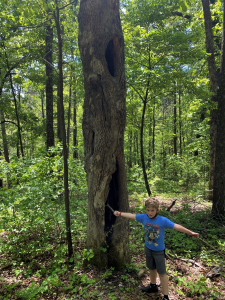

These forests look just like most other second- and third-growth stands I’ve explored, except that the trail (right) leads downhill to two cannon emplacements. I long ago concluded that Nature cares little, if at all, about human influences and imposed disturbances, which Nature matches with her own tornadoes, hurricanes, volcanoes, wildfires, floods, etc. She knows perturbations.
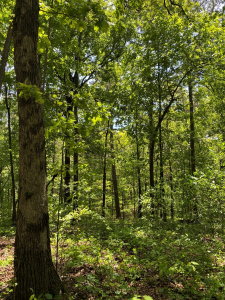
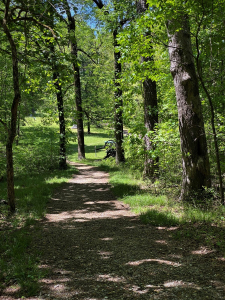
Yes, I know that the battlefield soil still carries the residue of those three days. A Park Ranger told me that they have catalogued untold numbers of mini-balls and metal fragments. Similarly, I’ve walked alluvial fields from Virginia south through the Carolinas, Georgia, and Alabama and found arrowheads, chips from tool-making, and Native American pottery shards aplenty. Whether from hunting and gathering, routine living, or horrendous battles, we humans leave the debris of our living behind. I believe the boys enjoyed our Chickamauga venture, even as they felt the horror of the battle. The interpretive museum and movie told the tale effectively and honestly. History, like Nature, is best understood and appreciated on the ground. Although a replica, the log building representing a home on the site that served as a field hospital, a nexus of where men died in care, field surgeons removed limbs, and terrifying sounds and sights filled the hours.
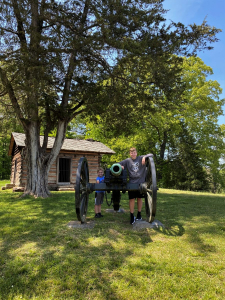

We can learn from history and Nature only if we accept the facts, parse the lessons, and consider all dimensions from beauty and magic to horror and terror. I’ll close this discussion with the white oak that stands majestically near the log building. To me it symbolizes the restorative and healing powers of Nature. I wonder whether during the dark of night it feels ancient echoes of musket fire, cannons roaring, and explosions.
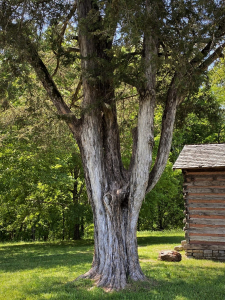
In some ways, we naturalists and historians share the task of bringing the past to life… so that we might discover and translate lessons for life and living into the future. I have written often that every parcel of forestland has a tale to tell. I strive to read every forested landscape that I enter.
Thoughts and Reflections
I offer these reflections:
- Nature is proficient at healing all wounds, whether human inflicted or natural.
- Our National Military Parks complement healing the nation’s soul by creating magnificent parklands.
- Human and natural history intersect in ways that stir the spirit within us.
Inhale and absorb Nature’s elixir. May Nature Inspire, Inform, and Reward you!
Note: All blog post images created & photographed by Stephen B. Jones unless otherwise noted. Please circulate images with photo credit: “©2021 Steve Jones, Great Blue Heron LLC. All Rights Reserved.”
Another Note: If you came to this post via a Facebook posting or by an another route, please sign up now (no cost… no obligation) to receive my Blog Post email alerts: http://eepurl.com/cKLJdL
And a Third: I am available for Nature-Inspired Speaking, Writing, and Consulting — contact me at steve.jones.0524@gmail.com
Reminder of my Personal and Professional Purpose, Passion, and Cause
If only more of us viewed our precious environment through the filters I employ. If only my mission and vision could be multiplied untold orders of magnitude:
Mission: Employ writing and speaking to educate, inspire, and enable readers and listeners to understand, appreciate, and enjoy Nature… and accept and practice Earth Stewardship.
Vision:
- People of all ages will pay greater attention to and engage more regularly with Nature… and will accept and practice informed and responsible Earth Stewardship.
- They will see their relationship to our natural world with new eyes… and will understand more clearly their Earth home.
Tagline/Motto: Steve (Great Blue Heron) encourages and seeks a better tomorrow through Nature-Inspired Living!
Steve’s Three Books
I wrote my books Nature Based Leadership (2016), Nature-Inspired Learning and Leading (2017), and Weaned Seals and Snowy Summits: Stories of Passion for Place and Everyday Nature (2019; co-authored with Dr. Jennifer Wilhoit) to encourage all citizens to recognize and appreciate that every lesson for living, learning, serving, and leading is either written indelibly in or is powerfully inspired by Nature.
I began writing books and Posts for several reasons:
- I love hiking and exploring in Nature
- I see images I want to (and do) capture with my trusty iPhone camera
- I enjoy explaining those images — an educator at heart
- I don’t play golf!
- I actually do love writing — it’s the hobby I never needed when my career consumed me
- Judy suggested my writing is in large measure my legacy to our two kids, our five grand kids, and all the unborn generations beyond
- And finally, perhaps my books and Blogs could reach beyond family and touch a few other lives… sow some seeds for the future


All three of my books (Nature Based Leadership; Nature-Inspired Learning and Leading; Weaned Seals and Snowy Summits) present compilations of personal experiences expressing my (and co-author Dr. Wilhoit for Weaned Seals and Snowy Summits) deep passion for Nature. All three books offer observations and reflections on my relationship to the natural world… and the broader implications for society. Order any and all from your local indie bookstore, or find them on IndieBound or other online sources such as Amazon and LifeRich.

